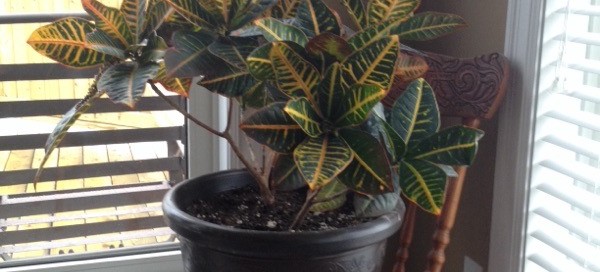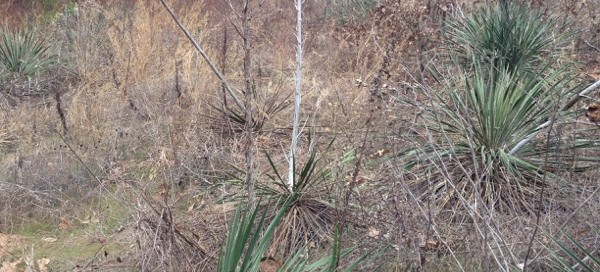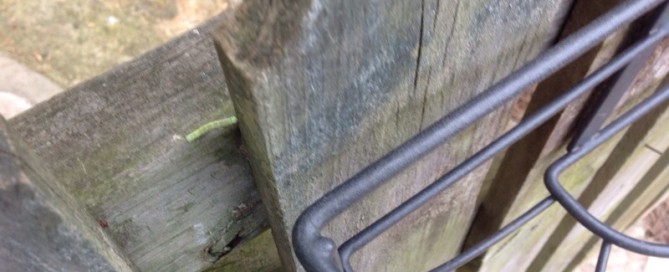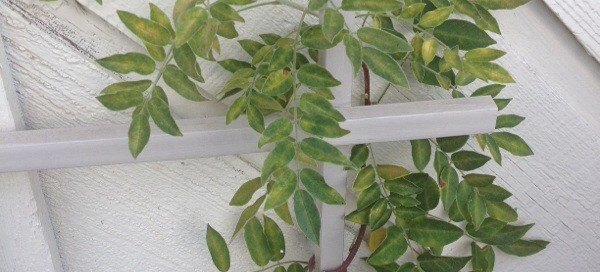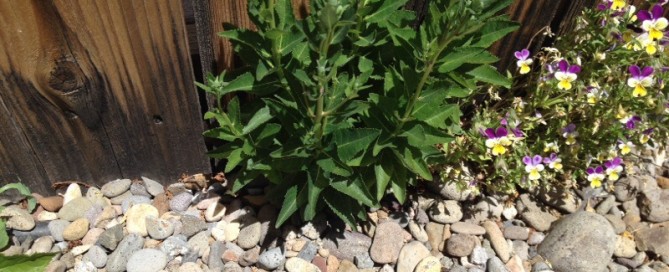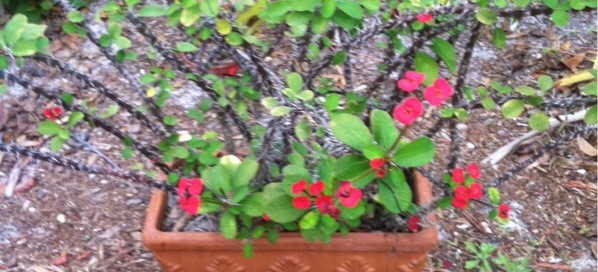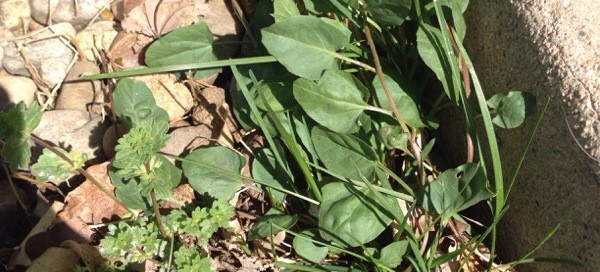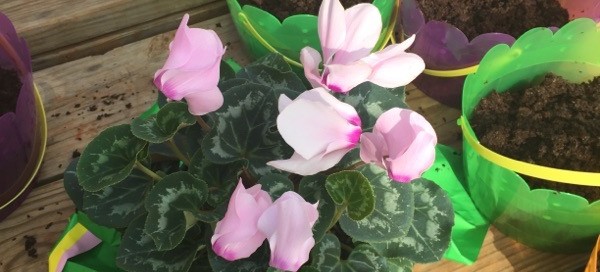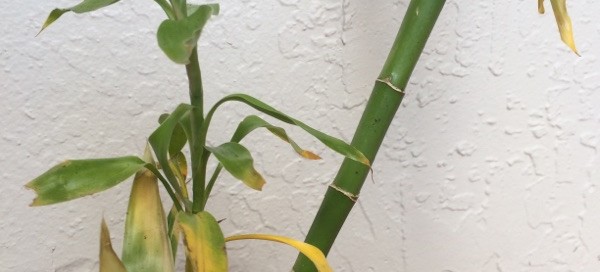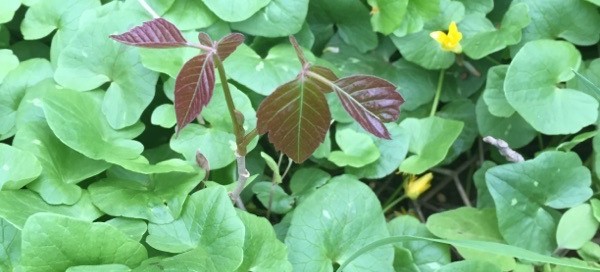Croton
Your plant appears to be a Croton, a tropical plant prized for its amazing variation in contrasting colors and markings. Outdoors where there is no frost, needs rich, well-draining soil, full sun, and fertilizer twice a year if you desire new growth. Does not tolerate freezing temperatures. Crotons have a wide variety of variegation possibilities, ranging from green with pink ribs and spots to flecked with yellow or wildly colored with red and yellow and even dark
green. There are even new leaf shapes and sizes. Generally more intense sunlight brings out
more intense variegation. Also popular as a houseplant - indoors, does best in bright indirect light, regular water and feed with a slow release or organic fertilizer formulated for container houseplants.
